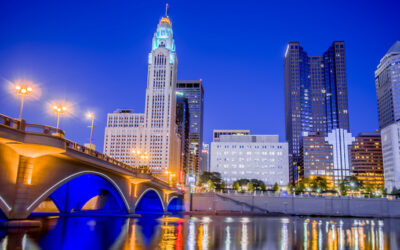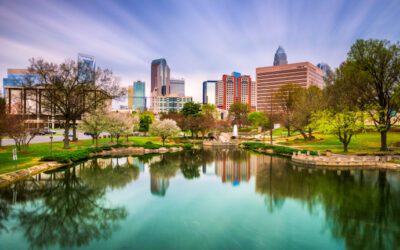With an average high temperature in the winter of 67 degrees, it’s common for people to move to Phoenix and think they’ve gone to heaven. But while the Valley of the Sun has a variety of attractive features – that sunny weather among the biggest of benefits – there also are a few reasons why you might reconsider your move to the desert.
Hint: The weather also might be a repellent.
Phoenicians love the sun, and it’s well understood that the Phoenix heat is a dry one. It’s kind of like sticking your head in an oven, and we’re not exaggerating when we say that. But living in extreme conditions can result in some extreme measures to keep up with Mother Nature and thrive.
Here are just a few reasons why you might want to think twice before moving to Phoenix and joining its 4.5 million residents.
A/C bills
This is a serious subject, because air conditioning is non-negotiable in Phoenix. On the positive side, you’re guaranteed to step into air-conditioned comfort nearly anywhere you go – the movies, the mall, the grocery store. But all that cool air costs a pretty penny, particularly at home. The size of your home or apartment, as well as its age, can determine your monthly air-conditioning costs. Don’t be surprised if they exceed your car payment.
Bugs
Critters love the desert, and no matter how many roads and neighborhoods get built in the Valley, the desert dwellers will find a way to thrive. Whether you’re talking about scorpions or palo verde beetles, roaches or spiders, yep, there are plenty of native critters to creep out the arachnophobe in all of us. There are ways to manage the problem, however, including do-it-yourself stores that teach you how to control the critters in your yard and keep them out of your house (and shoes!).
Car repair
The desert heat is taxing on everything, including your automobile. If you park in an uncovered lot, that raw sun is beating down on your windshield wiper blades and all those hoses under your hood. In time, they dry, crack and fail. The heat also does damage to tires. There’s a reason why all the major tire manufacturers had their proving grounds in Arizona: Our heat was the biggest challenge. Blow-outs are common on freeways, so it’s important to check tires regularly and replace them when necessary.
Heat
Sure, it’s all we talk about, but the summer heat is a big deal in Phoenix …. Because it lasts from spring through fall. Phoenix really has two seasons – summer, and amazing. There’s no in-between. The sun shines during 85 percent of daylight hours here. It’s always sunny, which means that triple-digit temperatures are expected from May through October. That’s half the year.
Monsoons and haboobs
A "Big Blue" slashes to the earth, after a large haboob on August 8, 2018. #azwx #Lightning #StormHour pic.twitter.com/o4RBAI658W
— XelArtz (@xel_artz) September 26, 2018
Meteorologists will say that Phoenix gets about 8 inches of rain in any given year. The secret is that all that rain happens in about 3 storms. (We’re almost serious.) The summer monsoon season, which typically lasts from July through September, can produce amazing storms with extremely strong (and dangerous winds) and flash flooding. It’s no joke when Phoenix gets 2 inches of rain in a couple of hours. Additionally, the magnificent haboob dust storms that overtake the Valley can be a spectacle to behold – as long as you’re safe and indoors. You don’t want to drive in them or be stuck in one.
Struggling sports teams
Phoenix’s seemingly perpetual headaches with failing sports teams isn’t meteorological. It’s more metaphysical. Save the 2001 World Series champion Arizona Diamondbacks, the Valley has to cling to titles from the Mercury (WNBA) and Rattlers (arena football) as its victorious teams. The Cardinals made it to a Super Bowl, and the Suns had a few shots at a title, but both came so close and then lost. Too close. We think we’re cursed.
Urban sprawl
You can’t get 4.5 million residents without a building boom, and most of it has happened in Phoenix since the 1990s. Some of the suburbs have doubled or tripled in size in just 20 years. The result is a lot of new – and energy-efficient – housing, but it’s also a lot of tile roofs and tan hues, and neighborhoods that all look the same.
Winter visitors
Valley residents love the “snowbirds,” as they’re called, and the economic impact they put on the Valley. The population grows by tens of thousands as visitors flock, ahem, from Canada, Minnesota, Illinois and other cold climates. But their arrival also signals more congested roadways and distracted drivers.


